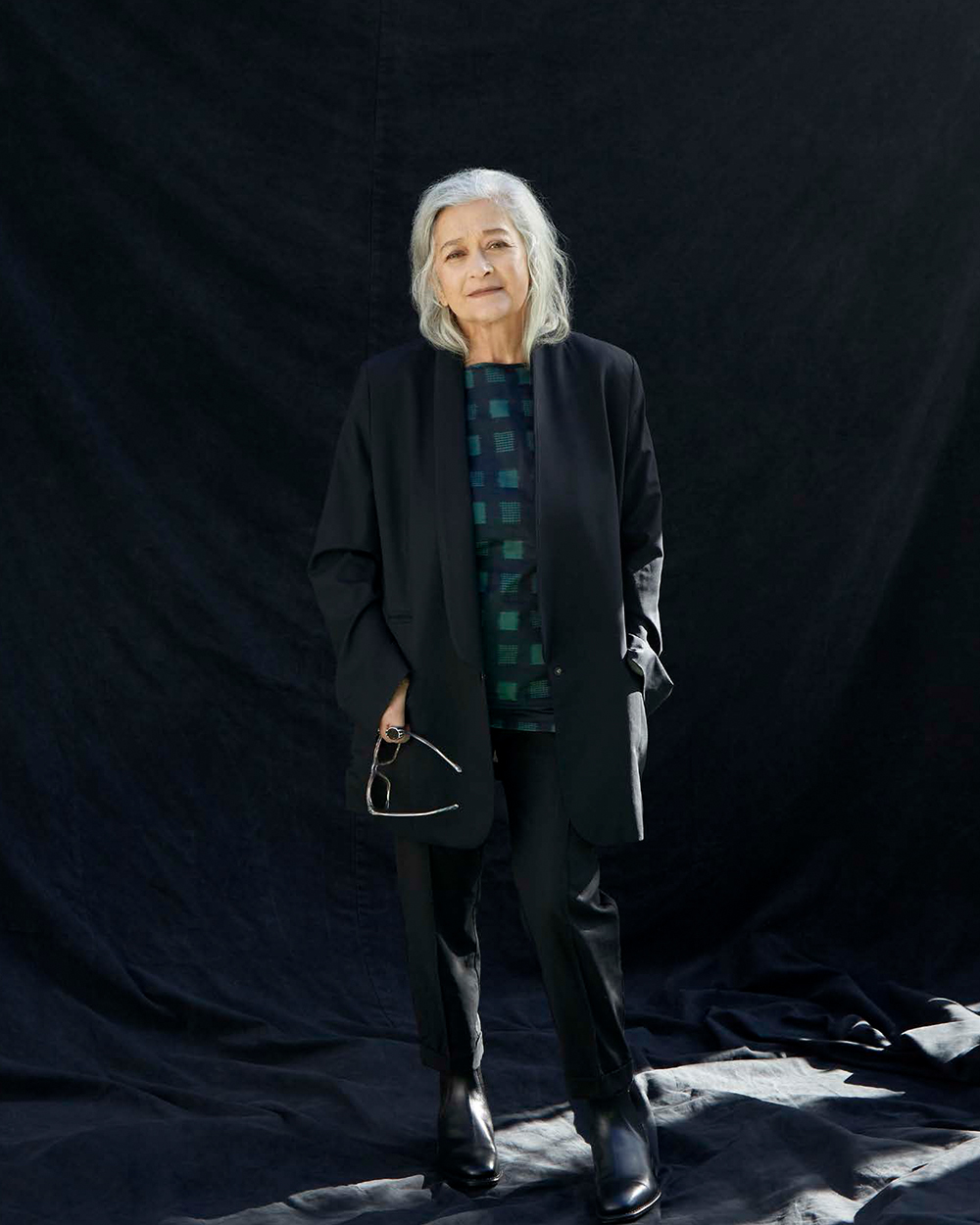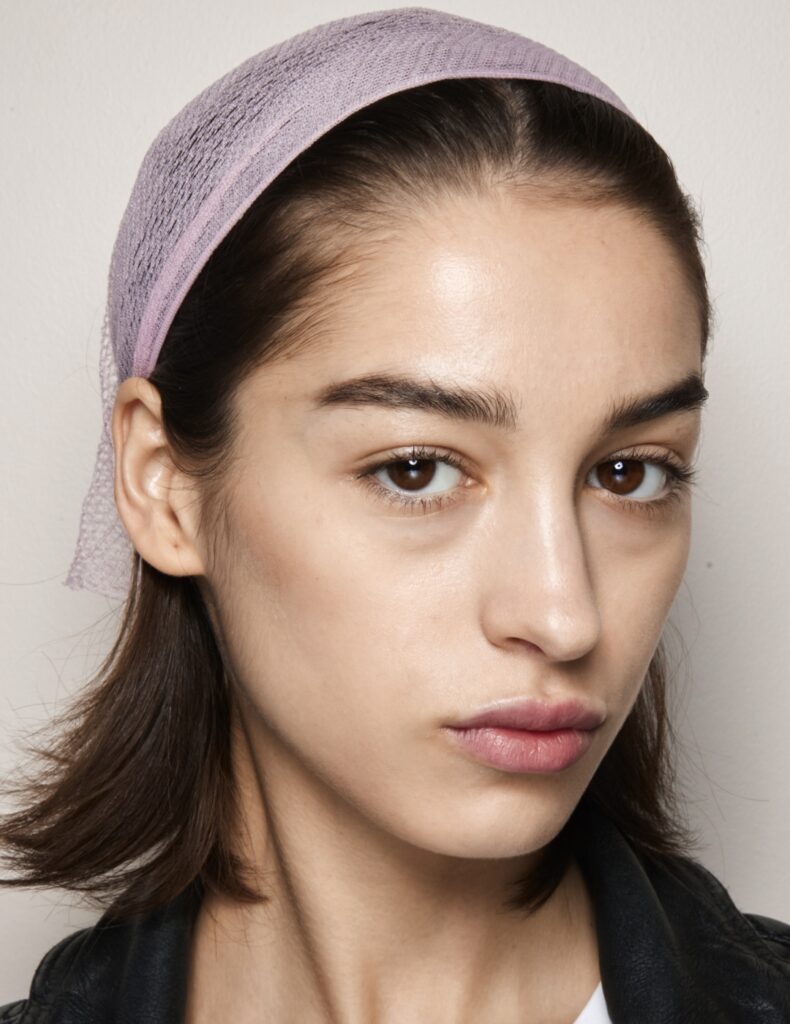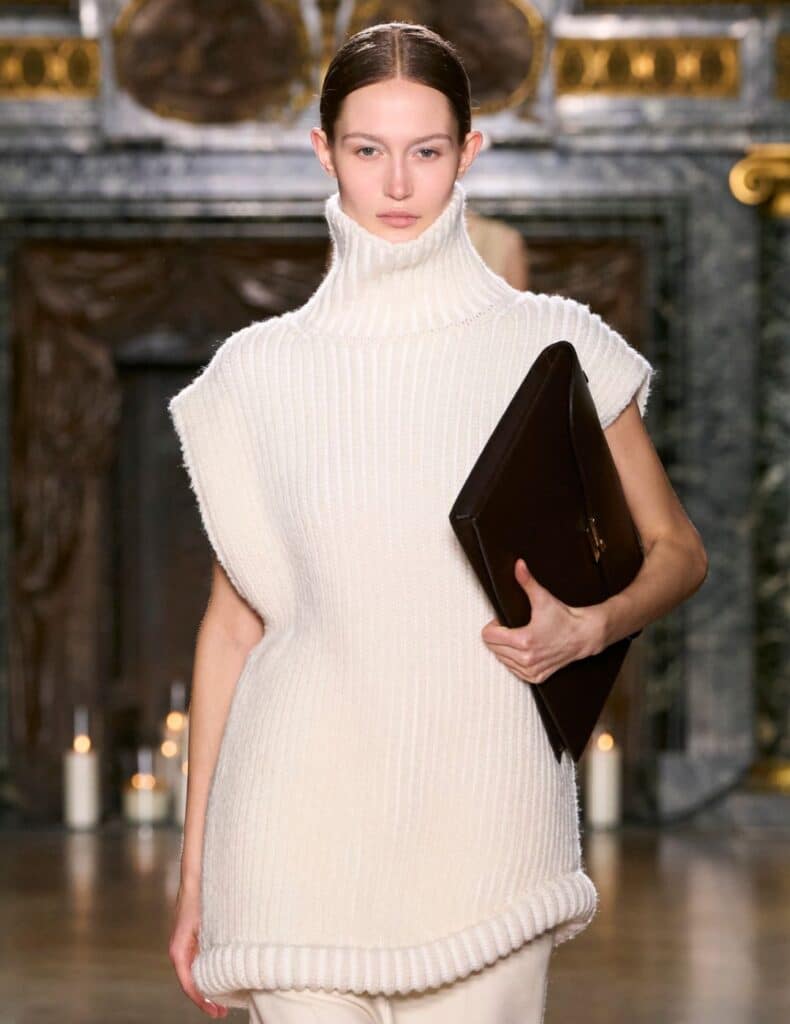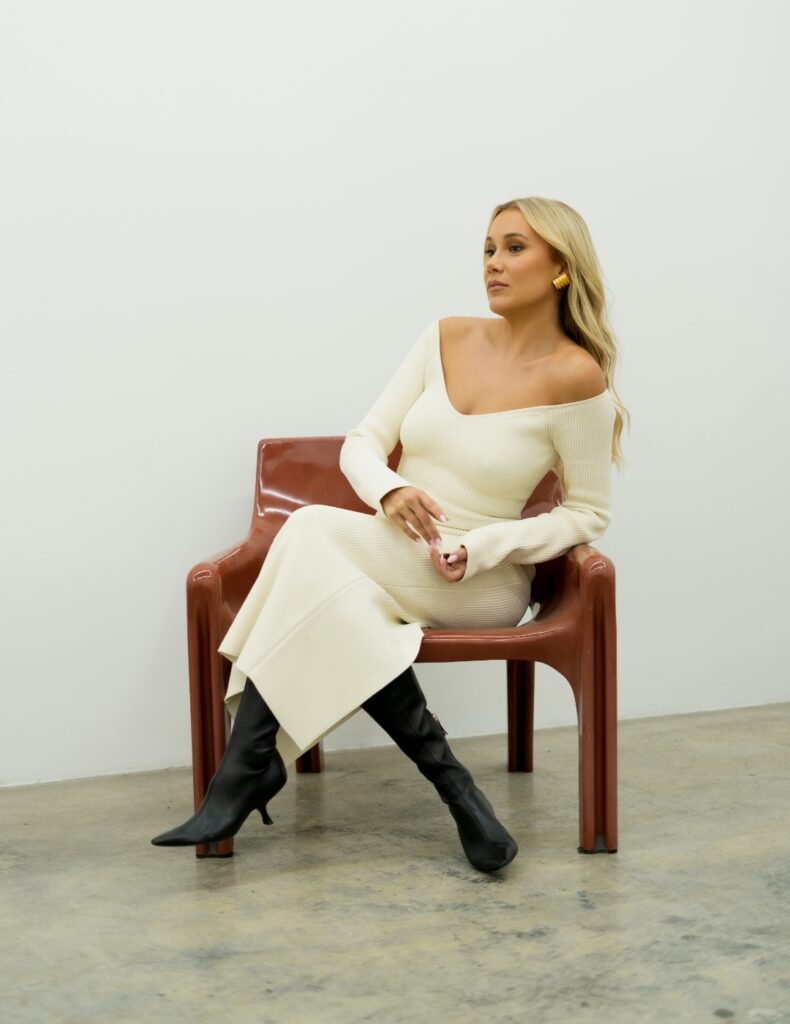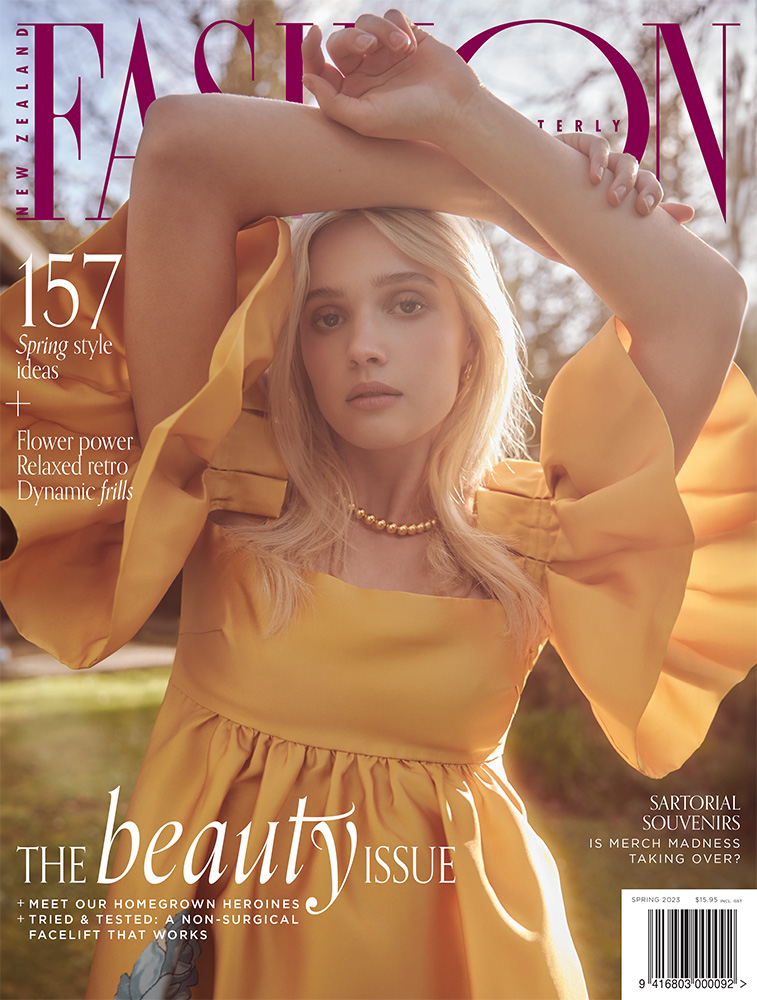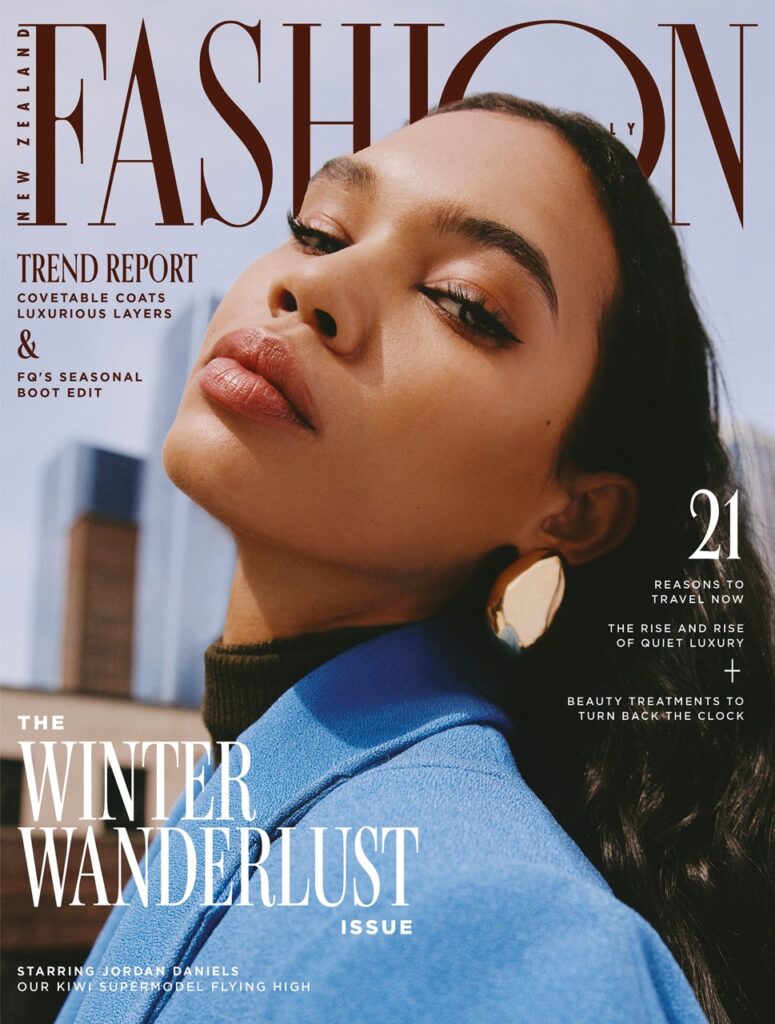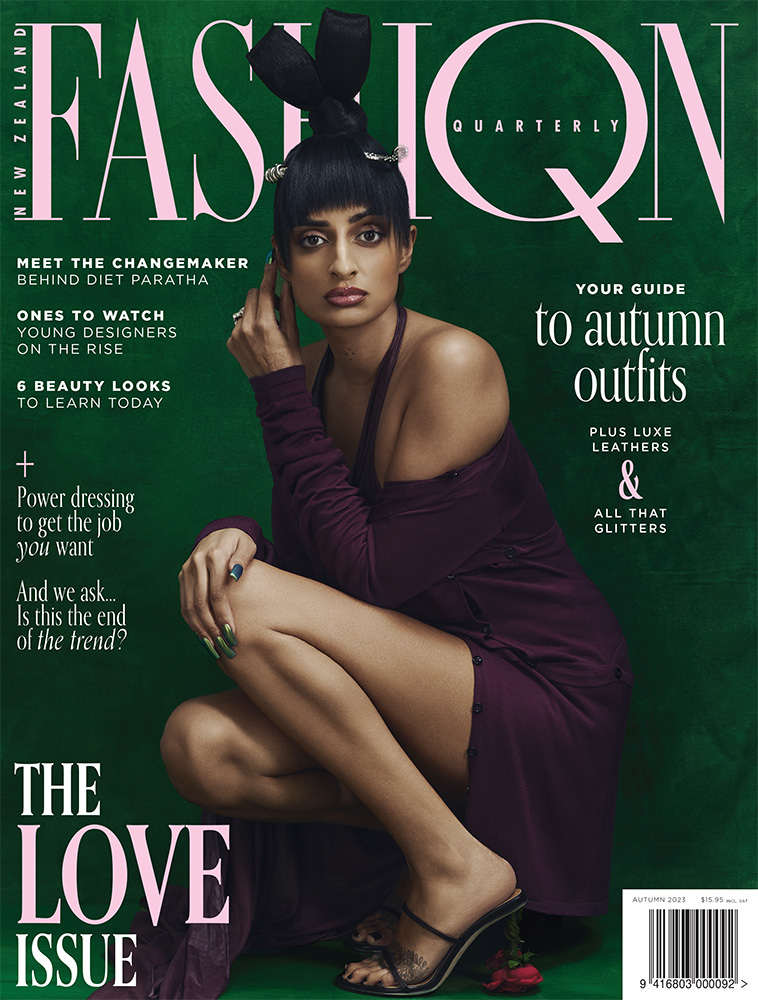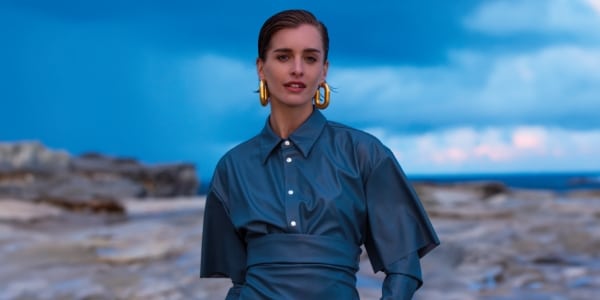For 40 years, Zambesi has helped define New Zealand’s style history. We reflect on Elisabeth Findlay’s uncompromising vision.
Once upon a time, a long time ago, in an Auckland newsroom not that far away (it was on New North Road actually), there was a picture-sized hole in a national Sunday paper. Deadlines were looming. “We’ve got some pictures of red dresses from the Paris fashion shows,” a grizzled news editor told assembled journalists. “Let’s just put them in there.” He looked around at his staff. “You,” he said, pointing at one of the newest employees. “You’re a girl. Girls know about clothes. Write something about red dresses.”
Eager to please the boss, I called one of the only New Zealand fashion labels I knew of: Zambesi. The newspaper, the Sunday Star-Times, was well known and I was easily able to get the head designer on the line. “Hello? Yes, I’m writing a story about a fashion trend. For red and pink. Yes, the colours. Would you say that red is the new black?” I think I heard the woman on the other end of the line snort. She clearly didn’t like this question. She told me that her label didn’t do a lot of pink and red, nor did they do “trends”. When she said “trends”, she hissed. I got off the phone as quickly as I could, mystified as to why my innocent questions about the magnificence of colour might have annoyed somebody so much.
That was my somewhat ignominious professional introduction to the joys of fashion writing and to Elisabeth Findlay, the creative force behind one of New Zealand’s best known and longest-running fashion labels. Happily for everyone involved, I’ve learned a lot since then. Over many interviews, I have discovered that Elisabeth was never one for following trends. A skilled seamstress, who took after her perfectionist mother, she mostly gleaned inspiration from fabrics, the way they draped and fell, how they showed skin, where they stood for attention.
Early Zambesi had more to do with art and handicraft than European trends imported to New Zealand a whole season late, pre-internet, via hip British magazines such as The Face and i-D. As the somewhat anti-yuppie-fashion movement toward dark-hued deconstruction, and labels like Martin Margiela and Ann Demeulemeester, took Paris by storm, Elisabeth was quietly perfecting her own beautiful vision of it in this far-flung corner of the world. I’ve often wondered what would have happened to the brand if it had been founded at a kitchen table in Paris, not distant Parnell.
There have been plenty of moments that offer a clue: For example, the second time Zambesi showed at Australian Fashion Week in Sydney, in 1998. It was a triumph, demonstrating that New Zealand fashion had what it took to make it internationally, and putting badly dressed Australians to shame. That same week in 1998, when a lot of the New Zealand designers were staying at the same Sydney hotel – the whole event had an us-against-the-world vibe – everyone ended up getting drunk amid carefully wrapped clothing racks in the Findlays’ room, dancing like idiots, making friends and demonstrating that, yes, fashion designers can be uncool too.
Then there was the show that Zambesi put on at the Auckland Museum in 2001, which started with a korero at dusk and underlined an almost-spiritual connection to the land. New Zealand gothic, they call it. Sometimes runway shows are just about skirts and shirts, other times they transcend that with inimitable vision – so many Zambesi collections have managed to do exactly that.
And of course, the clothes that so many New Zealanders have bought and kept forever: My 16th birthday present, a green silk skirt, the first real “designer fashion” I ever owned. My beautiful best friend’s beautiful wedding dress. A transparent black sheath that may still be the hottest and coolest outfit I ever wore. Fashion industry and consumer behaviours have changed a lot since Zambesi was founded in 1979. Trends and hyped products flash across our screens faster than you can say “check out their Insta”.
International designer-brand goods fly in and out of Auckland by the planeload. And fast fashion firms such as Zara and H&M have accelerated not only the seasons, but our desires. We want something new, different, hip, hot and cheap every weekend, to the detriment of the natural world around us. Zambesi has been there through all of that and, if we’re being completely honest, the company has not always benefited from those changes, nor exploited them as swiftly, or as well, as other local brands.
But Zambesi has remained a constant in many beautiful ways. That includes having the range made in New Zealand, holding true to the brand’s hard-to-describe (for us journalists anyway) signature aesthetic and only bowing slightly to the dictates of seasonal change.
That integrity also includes the way that Elisabeth and her husband, Neville, do business. It might be Elisabeth’s Greek heritage, but family comes first. And the Zambesi family includes not just their own immediate relatives and staff, it embraces many different individuals, in different parts of the creative industries, and further afield – other local designers, customers, suppliers, artists, musicians, even local authorities they have worked with – as well as foolish young reporters who may (or may not) have accidentally asked whether red was the new black, all those years ago.


